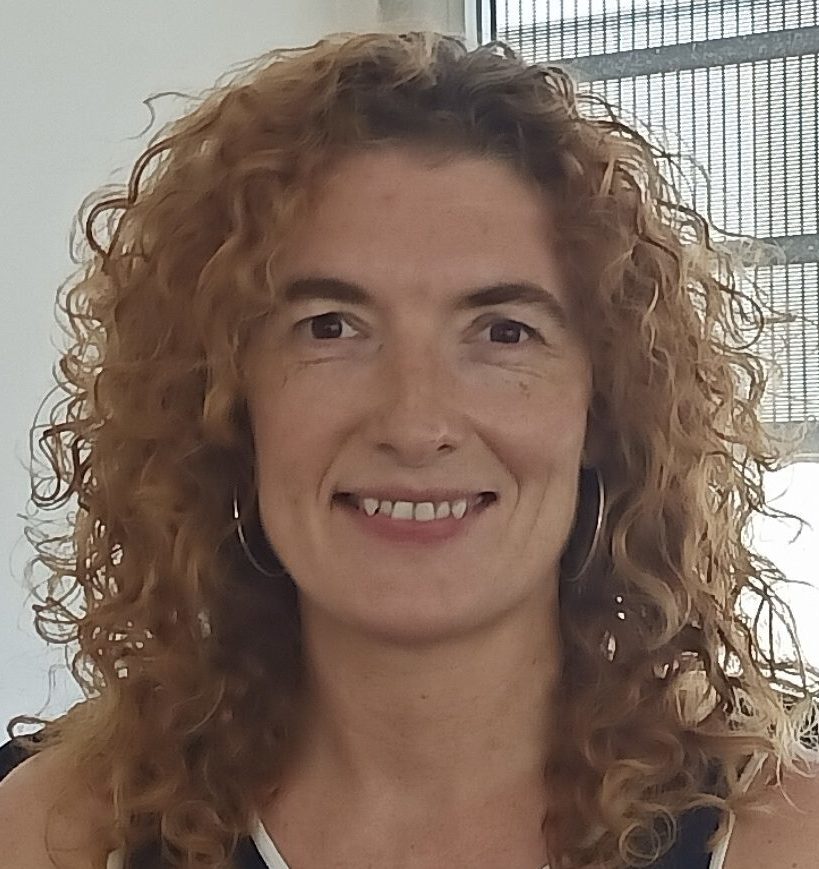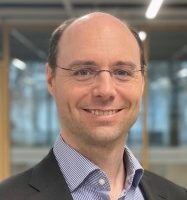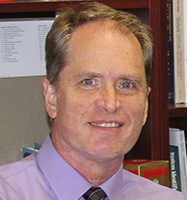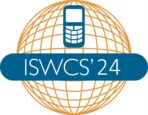Keynote speakers

Prof. Ana
Perez-Neira
UPC and CTTC, Spain
Title:
Waveforms for computing over the air
Abstract: Over-the-air computation (AirComp) leverages the signal-superposition characteristic of wireless multiple access channels to perform mathematical computations. Initially introduced to enhance communication reliability in interference channels and wireless sensor networks, AirComp has more recently found applications in task-oriented communications, namely, for wireless distributed learning and in wireless control systems. Its adoption aims to address latency challenges arising from an increased number of edge devices or Internet of Things (IoT) devices accessing the constrained wireless spectrum. This paper focuses on the physical layer of these systems, specifically on the waveform and the signal processing aspects at the transmitter and receiver to meet the challenges that AirComp presents within the different contexts and use cases.
Ana I. Pérez-Neira (ana.perez@cttc.es) is a full professor at the Polytechnic University of Catalonia, 08034 Barcelona, Spain, and director of the Telecommunications Technology Centre of Catalonia, Spain. Her research is in signal processing for communications, focused on satellite communications. She has been associate editor of IEEE Transactions on Signal Processing and senior area editor of IEEE Open Journal of Signal Processing. She has been a member of the European Association For Signal Processing (EURASIP) Board of Governors (BoG), the IEEE Signal Processing Society (SPS) director-at-large for Region 8, a member of the SPS BoG, and VP for conferences. She is the general chair of ICASSP20 and ICASSP26. She is a Fellow of IEEE and EURASIP, and a member of the Real Academy of Science and Arts of Barcelona and the Real Academy of Engineering.

Prof. Bruno
Clerckx
Imperial College, UK
Title:
Beyond Diagonal Reconfigurable Intelligent Surfaces: A New Frontier in Wave Domain Processing
Abstract: Reconfigurable intelligent surface (RIS) is expected to be a key technology in future wireless systems to manipulate the propagation environment and perform processing and computation in the electromagnetic wave domain efficiently and cost-effectively. In conventional RIS, each RIS element is independently controlled by a tunable load disconnected from the other elements. Thus, conventional RIS results in a diagonal scattering matrix, also known as a phase shift matrix, which has limited passive beamforming and wave control capabilities. To enhance the flexibility of RIS, beyond diagonal RIS (BD-RIS) has been introduced as a generalization of conventional RIS, in which the scattering matrix is not restricted to being diagonal. In this talk, I review the emerging concept of BD-RIS, showing its promising benefits in terms of performance, coverage, deployment, and flexibility in wave manipulation over conventional RIS and STAR-RIS. We discuss the modelling and architectures of BD-RIS, and compare the performance and circuit complexity of BD-RIS architectures with conventional RIS. We also discuss potential applications of BD-RIS in various wireless communications and sensing systems and its implementation in Stacked Intelligent Metasurfaces, and outline future research directions for the special interest group on BD-RIS in IEEE Communication Society.
A. LEE SWINDLEHURST (Fellow, IEEE) received the B.S. and M.S. degrees in electrical engineering from Brigham Young University (BYU) in 1985 and 1986, respectively, and the Ph.D. degree in electrical engineering from Stanford University in 1991. He was with the Department of Electrical and Computer Engineering, BYU from 1990 to 2007, and from 1996 to 1997, he held a joint appointment as a Visiting Scholar with Uppsala University and the Royal Institute of Technology, Sweden. From 2006 to 2007, he was on leave working as a Vice President of Research for ArrayComm LLC, San Jose, CA, USA. Since 2007, he has been a Professor with the Electrical Engineering and Computer Science Department, University of California at Irvine. From 2014 to 2017, he was also a Hans Fischer Senior Fellow with the Institute for Advanced Studies, Technical University of Munich. In 2016, he was elected as a Foreign Member of the Royal Swedish Academy of Engineering Sciences (IVA). He has over 400 publications in these areas. His research focuses on array signal processing for radar, wireless communications, and biomedical applications. He received the 2000 IEEE W. R. G. Baker Prize Paper Award, the 2006 IEEE Communications Society Stephen O. Rice Prize in the Field of Communication Theory, the 2006, 2010, and 2021 IEEE Signal Processing Society’s Best Paper Awards, the 2017 IEEE Signal Processing Society Donald G. Fink Overview Paper Award, a Best Paper award at the 2020 IEEE International Conference on Communications, and the 2022 Claude Shannon-Harry Nyquist Technical Achievement Award from the IEEE Signal Processing Society. He was the inaugural Editor-in-Chief of the IEEE JOURNAL OF SELECTED TOPICS IN SIGNAL PROCESSING.

Prof. Lee
Swindlehurst
UC Irvine, USA
Title:
Implementation and Applications of Non-Reciprocal Reconfigurable Intelligent Surfaces
Abstract: By now, the literature is replete with descriptions of Reconfigurable Intelligent Surfaces (RIS) and their various applications in wireless communications (and other) systems. RIS have been shown to have the potential for increasing communication throughput, overcoming blockages, cancelling interference, and improving wireless security. Recently, generalized architectures referred to as “Beyond Diagonal” (BD) RIS have been proposed in which the RIS elements are interconnected, offering even more degrees of freedom for tuning the wireless propagation environment. However, the designs proposed to date have inherently led to reciprocal RIS behavior. In this talk we discuss electromagnetically consistent models for realizing BD-RIS that achieve non-reciprocal behavior, and we discuss several applications where such behavior is desirable.
A. LEE SWINDLEHURST (Fellow, IEEE) received the B.S. and M.S. degrees in electrical engineering from Brigham Young University (BYU) in 1985 and 1986, respectively, and the Ph.D. degree in electrical engineering from Stanford University in 1991. He was with the Department of Electrical and Computer Engineering, BYU from 1990 to 2007, and from 1996 to 1997, he held a joint appointment as a Visiting Scholar with Uppsala University and the Royal Institute of Technology, Sweden. From 2006 to 2007, he was on leave working as a Vice President of Research for ArrayComm LLC, San Jose, CA, USA. Since 2007, he has been a Professor with the Electrical Engineering and Computer Science Department, University of California at Irvine. From 2014 to 2017, he was also a Hans Fischer Senior Fellow with the Institute for Advanced Studies, Technical University of Munich. In 2016, he was elected as a Foreign Member of the Royal Swedish Academy of Engineering Sciences (IVA). He has over 400 publications in these areas. His research focuses on array signal processing for radar, wireless communications, and biomedical applications. He received the 2000 IEEE W. R. G. Baker Prize Paper Award, the 2006 IEEE Communications Society Stephen O. Rice Prize in the Field of Communication Theory, the 2006, 2010, and 2021 IEEE Signal Processing Society’s Best Paper Awards, the 2017 IEEE Signal Processing Society Donald G. Fink Overview Paper Award, a Best Paper award at the 2020 IEEE International Conference on Communications, and the 2022 Claude Shannon-Harry Nyquist Technical Achievement Award from the IEEE Signal Processing Society. He was the inaugural Editor-in-Chief of the IEEE JOURNAL OF SELECTED TOPICS IN SIGNAL PROCESSING.
